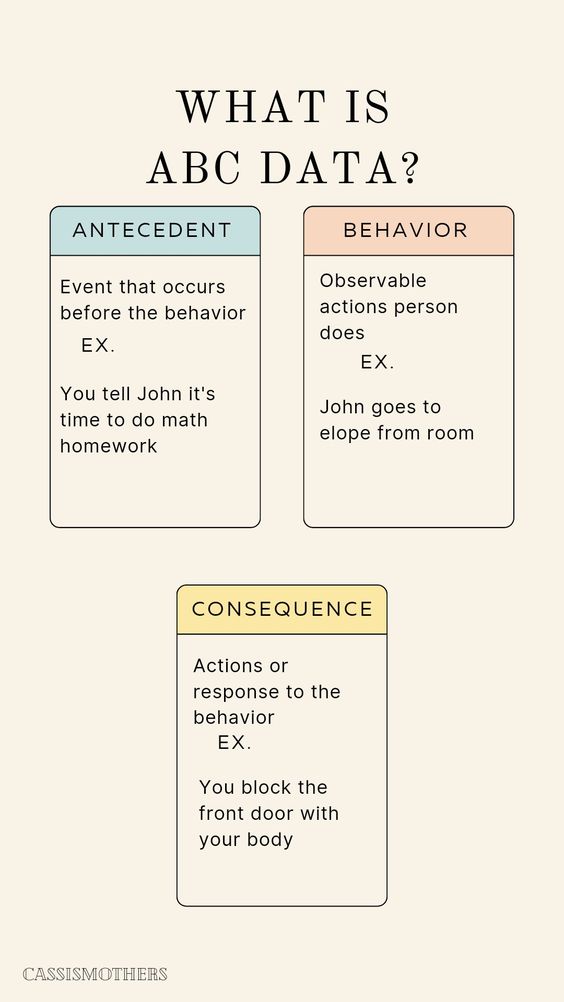Introduction
Attendance and positive behavior are two of the most important factors that contribute to the overall educational experience. When students attend school regularly and exhibit good behavior, their academic achievement, social development, and future success are more likely to follow. One effective way to promote these qualities is through the implementation of a Non-Punitive Structured Learning Behavior Attendence (NPSLBA) system. This article will explore how NPSLBA can lead to transformative changes in student behavior and attendance.
The Concept of NPSLBA
NPSLBA is a unique approach that emphasizes structure, consistency, and positive reinforcement rather than punishment. This framework allows educators to nurture and maintain a productive learning environment while addressing behavioral issues or irregular attendance with appropriate interventions. NPSLBA enables schools to identify problem areas in students’ behavior or attendance patterns and find solutions that address these concerns without resorting to punitive measures.
Transforming Behavior Through NPSLBA
The key principles that drive behavior transformation using the NPSLBA approach are prevention, reinforcement, instruction, and progress monitoring. Here’s how these elements come into play:
1. Prevention: Schools incorporating NPSLBA create strategies and routines to proactively prevent behavioral issues from escalating. Classroom rules and expectations are clearly communicated from the outset, along with consequences for breaking those rules. Teachers also establish a reward system for positive behavior.
2. Reinforcement: Students who consistently follow rules are provided with incentives to reinforce their good behavior. These rewards may include verbal praise, tokens, additional privileges, or even tangible items like stickers or prizes.
3. Instruction: Teachers incorporating NPSL-INFRINGEMENTsummary_Char_remain_GB_language_toolkit_FLAG_OPERATION_AUTOMATIC_SUPRESSION_referendumIMPLEMENT_ALGORITHM-00ERWQolffi5w4GIwbYrKAaEy59_3x_PBhoD1LBA use explicit, data-driven instructional strategies to teach appropriate behaviors. This may involve direct instruction, modeling, role-playing, or group discussions.
4. Progress Monitoring: Regular progress tracking provides educators with valuable feedback on the effectiveness of their techniques. If a student’s behavior does not improve or continues to decline, modifications are made to the intervention strategies.
Raising Attendance with NPSLBA
Improving attendance goes hand in hand with transforming behavior. The NPSLBA approach can help schools maximize attendance rates by providing:
1. An Engaging Learning Environment: High-quality instruction and engaging learning experiences make students more likely to attend school regularly.
2. Consistent Expectations: Clear communication about attendance policies and expectations from the school itself fosters a culture of responsibility among students and parents.
3. Early Intervention: Regular school attendance can be facilitated through early intervention efforts, such as identifying at-risk students and offering supports before absences become chronic issues.
4. Progress Monitoring: Accurate record-keeping and consistent communication between teachers and parents will help identify trends in absence patterns and address them promptly.
Conclusion
Implementing the NPSLBA approach has the potential to bring about significant improvements in both student behavior and attendance rates. By focusing on prevention, reinforcement, instruction, and progress monitoring while avoiding punitive consequences, educators can create a positive environment where students feel motivated to actively participate in their learning journey. If you’re considering adopting an NPSLBA system at your school, it could be exactly what’s needed to help your students reach their full potential.




